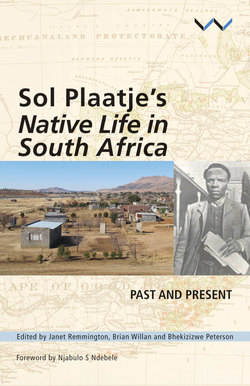Читать книгу Sol Plaatje's Native Life in South Africa - Jacob Dlamini - Страница 22
На сайте Литреса книга снята с продажи.
Later editions of Native Life
ОглавлениеPlaatje returned to South Africa in 1923, never to return to Europe or North America. The Natives' Land Act remained on the statute book and Plaatje moved on, still virulent in his criticism of it but forced to accept that there was no longer any prospect of external intervention in the affairs of his country. Native Life in South Africa, once central to his campaigning, largely disappeared from view. For T D Mweli Skota, writing about Plaatje in his African Yearly Register (1930), Native Life was ‘a famous book’, but there is little evidence that it was much read.25 Occasionally it would be referenced in scholarly surveys but it mostly remained in the shadows, the forgotten record of a forgotten protest.
Only with the advancing political struggle of the 1970s and 1980s, and in response to a growing interest in black South African history and literature, did the book re-emerge. In 1982, Ravan Press, a radical Johannesburg-based publisher, published a new edition with a preface by Bessie Head and an introduction by Brian Willan, re-issuing it a decade later. The British publisher Longman published an abbreviated edition of the book for its African Classics Series, recognising its place alongside works from other parts of the African continent. Two decades later, in 2007, there was another South African edition, this time from Picador Africa, an imprint of Pan Macmillan South Africa, with a Foreword by Kader Asmal, formerly a minister of education in the ANC government. Native Life, he wrote, ‘resonates with ideas which have relevance to our political and cultural life and which should inspire us’. Native Life had moved from the margins of protest to the mainstream.
